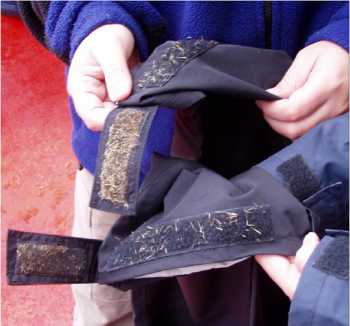Invasive alien species pose a significant threat to biodiversity, including species listed under the Agreement on the Conservation of Albatrosses and Petrels. For centuries, humans have deliberately and unintentionally moved plants, animals and other organisms beyond their natural ranges. Unfortunately, some alien species are invasive, and have and continue to alter the structure and functioning of ecosystems, sometimes leading to local extinctions.
ACAP has recognised that invasive alien species pose a serious threat to albatrosses and petrels, and that urgent action is required to manage this threat. Under the Agreement, Parties are required to take management action to prevent the introduction to habitats, of alien plants, animals and disease-causing organisms that may be detrimental to populations of albatrosses and petrels. To support such management actions ACAP has now published on-line biosecurity and quarantine guidelines for albatross and petrel breeding sites.
The 17-page illustrated guidelines document has been written by Anton Wolfaardt, Joint Nature Conservation Committee, United Kingdom on behalf of the Agreement, and published to coincide with ACAP meetings being held this and next week in Guayaquil, Ecuador.
The purpose of the document is to summarise guidelines on biosecurity management for breeding sites of ACAP species, and to provide a selected bibliography and list of online resources. It is primarily intended to be a useful working document for the ACAP community.


A previous ACAP guidelines document, covering the eradication of introduced mammals from breeding sites of ACAP-listed seabirds, was produced in 2009 by Richard Phillips of the UK's British Antarctic Survey (click here). It is intended that both guidelines documents will be regularly revised and updated.
John Cooper, ACAP Information Officer, 28 August 2011

 Français
Français  English
English  Español
Español